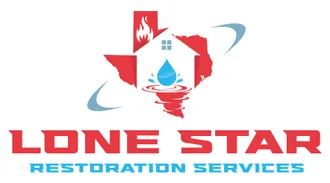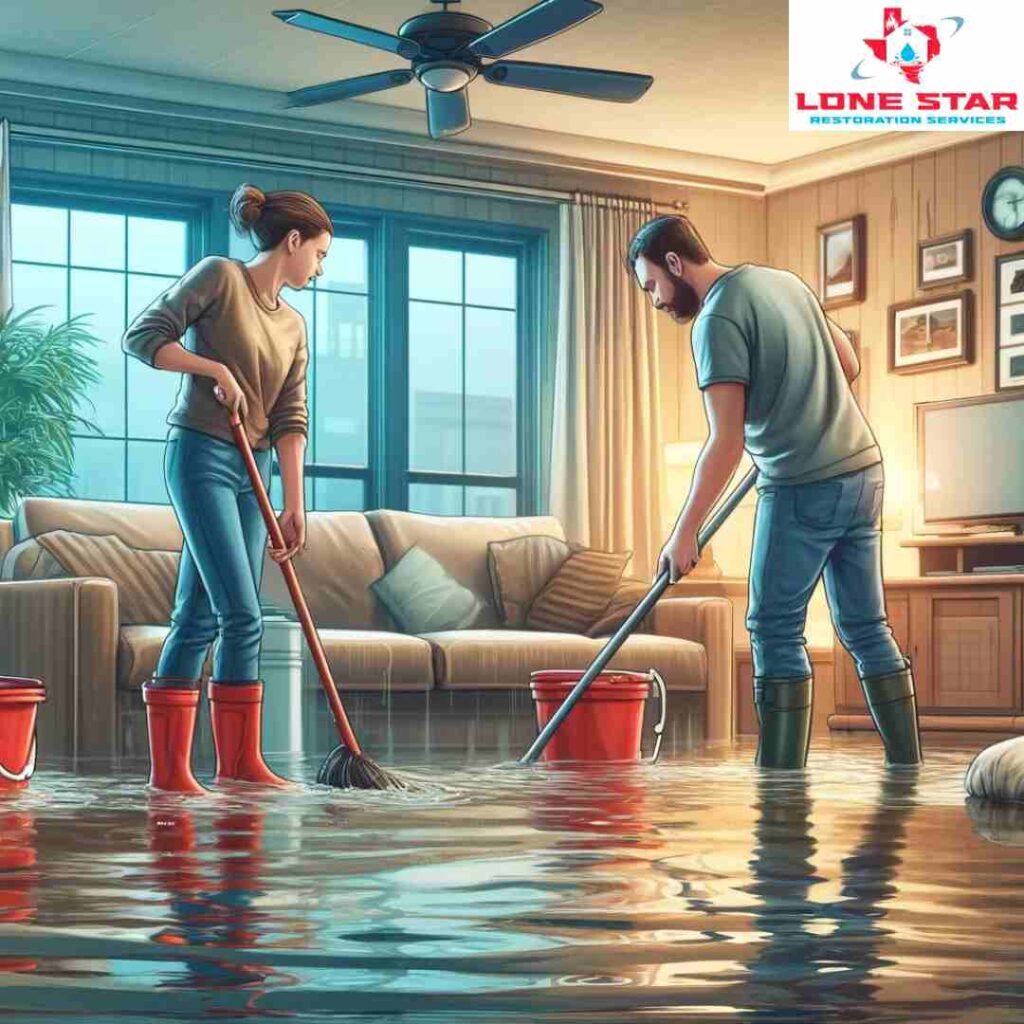Restoring Texas Pride: Essential Advice for Managing Flood Damage in Your Home
Flood damage can be a devastating experience, leaving homeowners across Texas grappling with the aftermath of nature’s fury. The sight of a flood-damaged home can be overwhelming, as personal belongings, cherished memories, and the very sanctity of one’s living space are all put at risk. However, the Texan spirit is resilient, and with the right approach, you can navigate the recovery process effectively and restore your home to its former glory.
In this blog post, we’ll explore essential tips for handling flood damage in your home. From ensuring your safety before stepping back into your house to taking strategic steps towards cleanup and restoration, we’ll guide you through the process of rebuilding not just the physical structure, but also renewing your Texas pride. Whether you’re facing minor flooding or extensive water damage, these insights will help you take control of the situation and move forward with confidence.
Safety First: Ensuring Your Home is Safe to Enter
Before you re-enter your home after a flood, it is crucial to ensure that it is safe to do so. Floodwaters can compromise the structural integrity of buildings and bring about numerous hazards that need careful assessment before proceeding. Here are key steps to consider for safely evaluating your home:
- Structural Safety: Inspect the exterior of your home for visible structural damage, such as cracks in the foundation, collapsed roofing, or walls that have shifted. If major damage is evident, it’s important to consult a professional before entering.
- Gas and Electrical Systems: Check for any signs of gas leaks, such as the smell of gas or a hissing sound. Avoid using candles, matches, or other open flames. For electrical safety, do not enter standing water where electrical wires or outlets may be submerged, and if possible, turn off the power at the main breaker.
- Chemical and Biological Hazards: Be aware of potential contaminants in floodwaters. Floods can introduce hazardous materials like pesticides, fuel, and other chemicals into your home. Wear protective clothing, gloves, and boots during your initial inspection and cleanup to avoid direct contact with water that may be contaminated.
- Wildlife: Floods can displace animals and insects, leading to unexpected encounters in your home. Be cautious of snakes, rodents, or insects that might have sought refuge in your home during the flood.
By taking these precautions, you can ensure that you are entering your home safely and are prepared to begin the recovery process. Remember, when in doubt, it’s wise to seek assistance from emergency services or a professional disaster response team to secure your property and keep your family safe.
Documenting the Damage for Insurance Claims
Once you have ensured that it is safe to enter your home, the next critical step in your flood damage recovery is documenting all the damages for insurance claims. Proper documentation is essential to support your claim and ensure you receive adequate compensation for your losses. Here are practical steps to effectively document flood damage:
- Photographic Evidence: Take extensive photos and videos of all affected areas and items. Capture multiple angles to show the extent of the damage fully. Include images of water lines on walls and furniture to demonstrate the depth and impact of the flooding.
- Detailed Inventory: Make a comprehensive list of all damaged property, including descriptions of items, their age, and estimated value. Be as detailed as possible, as this will be crucial for the claims process.
- Preserve Damaged Goods: While it might be tempting to start throwing away damaged items, it’s important to keep them until the insurance adjuster has visited your home. If public health regulations allow, store these items in a safe place outside your living area.
- Record Repair Expenses: Keep receipts for any immediate repairs that were necessary to secure your home, as well as any cleaning supplies, rented equipment, or professional services hired. These expenses may be reimbursable under your insurance policy.
- Keep a Claim Diary: Maintain a diary of all communications with your insurance company. Note the date, time, and content of conversations, including the names of any representatives you speak with. This will help keep your claim on track and provide a reference if there are any disputes.
By meticulously documenting the damage and keeping thorough records, you position yourself strongly for a smooth claims process. This preparation not only helps in securing the funding needed for repairs but also provides a clear framework for the restoration work to come.
Initial Cleaning and Mold Prevention
After documenting the damage, the next step is to begin the initial cleanup process, which is crucial for mitigating further damage and preventing mold growth. Mold can start to develop within 24 to 48 hours in a moist environment, so acting quickly is essential. Here are some guidelines to effectively manage the initial cleanup and mold prevention:
- Remove Standing Water: Use pumps or wet/dry vacuums to remove any remaining standing water. It’s important to do this as quickly as possible to reduce the moisture in your home and minimize the risk of mold growth.
- Sort and Dispose: Identify items that are beyond repair and dispose of them responsibly. For items that can be salvaged, clean and disinfect them before moving them to a dry area. Always wear protective gear during this process to avoid exposure to potentially harmful contaminants.
- Air Circulation: Increase air circulation by opening windows and doors and using fans. If humidity outside is lower than inside, this will help speed up the drying process. Avoid using fans if mold has already started to grow, as this can spread mold spores.
- Dehumidification: Use dehumidifiers to reduce the moisture levels in your home. Keeping indoor humidity below 50% can help prevent mold growth.
- Disinfect Surfaces: Clean all wet surfaces with a sturdy brush, soap, and disinfectant. This includes floors, walls, countertops, and other non-porous surfaces. For porous surfaces like drywall and insulation, consider consulting a professional as these materials are difficult to dry out completely and may need to be replaced.
- Check for Hidden Moisture: Pay special attention to areas where moisture might be hidden, such as under carpets, behind wallpaper, or inside wall cavities. These areas are particularly susceptible to mold growth.
By thoroughly cleaning and drying your home immediately after a flood, you can significantly reduce the likelihood of sustaining serious mold problems. Early and effective intervention is key to maintaining the structural integrity of your home and ensuring a healthy living environment as you recover from flood damage.
Drying Out: Techniques and Tools for Effective Moisture Removal
Once you’ve tackled the initial cleanup, the focus shifts to thoroughly drying out your home. This step is vital to prevent ongoing damage to your structure and belongings. Here are some effective drying techniques and tools:
- Use Industrial-Grade Dehumidifiers: These devices are more powerful than typical residential models and are crucial for removing moisture from the air and preventing mold.
- Strategic Placement of Air Movers: Place air movers around the home to facilitate optimal airflow across wet surfaces. This helps to evaporate moisture more quickly.
- Heat Drying: In some cases, using heat can help to speed up the drying process. However, it should be done judiciously to avoid damaging sensitive materials.
- Monitor Progress: Use moisture meters to regularly check the moisture content in walls and floors. This helps ensure that your home is truly dry before you begin rebuilding or renovating.
Professional Help: When to Call in the Experts
While many aspects of flood recovery can be handled DIY, certain situations require professional expertise:
- Significant Structural Damage: If your home has suffered serious structural impacts, professionals can ensure repairs are done safely and up to code.
- Deep Water Penetration: Professional teams have the tools to handle deep water penetration that DIY efforts cannot reach.
- Mold Remediation: If mold has taken hold, professional remediation is necessary to safely and thoroughly remove mold and prevent its return.
Rebuilding and Future Flood Prevention
After cleaning and drying, it’s time to rebuild and take steps to prevent future damage:
- Use Water-Resistant Materials: Consider using materials that resist water damage, like stainless steel, tile, sealed concrete, and water-resistant drywall.
- Elevate Electrical Systems: Raise outlets, switches, and circuit breakers to above potential flood levels to prevent future electrical damage.
- Improve Landscaping and Drainage: Ensure your property slopes away from your foundation to help direct water away from your home.
Conclusion
Restoring your home after flood damage is a challenging but manageable task that reinforces the resilience and pride of Texas homeowners. By taking the right steps early in the recovery process, you can mitigate the worst effects of flooding. Always remember, the safety of your family comes first, and sometimes, the wisest decision is to call in professionals to help restore your home safely and effectively. With these tips, you’re not just repairing a building; you’re rebuilding a home and reinforcing your readiness for whatever challenges may come next.





